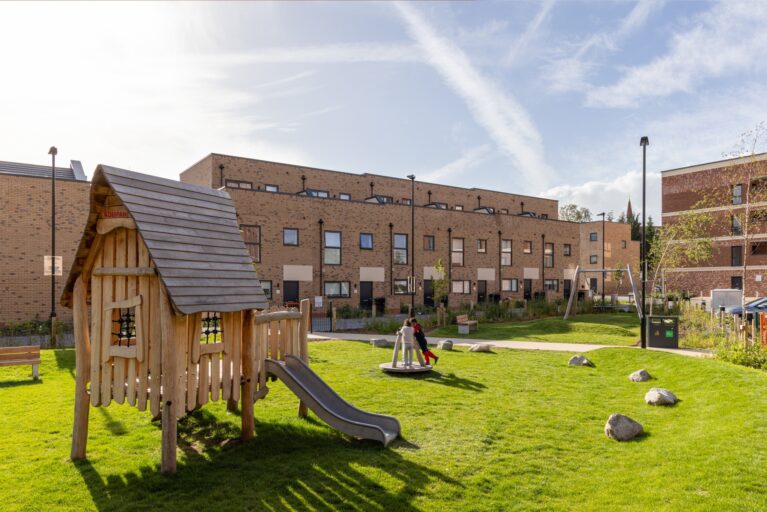✅ Quick UK Moving Checklist
| Task | Description |
|---|---|
| Plan your move | Start early, pack smart, and label boxes by room. |
| Update your address | Notify HMRC, DVLA, banks, employer, and redirect mail. |
| Register for council tax | Contact your new local council to register. |
| Set up utilities | Take meter readings and choose your energy supplier. |
| Arrange broadband & TV | Book installation with your chosen provider. |
| Get contents insurance | Protect your belongings from theft or damage. |
| Apply for parking permit | Avoid fines in controlled parking zones. |
| Check housing support | Apply for Universal Credit or Housing Benefit if eligible. |
| Complete inventory | Report any damage and take photos as evidence. |
| Set up rent payments | Use direct debit or standing order to avoid missed payments. |
| Meet your neighbours | Build a sense of community in your new home. |
✅ Moving House Checklist: Before You Move
1. Start with a Moving Prep List
- Begin planning at least 4–6 weeks in advance.
- Create a moving to-do checklist and timeline.
- Declutter and donate or recycle unwanted items.
- Book a removals company or van hire early.
- Start packing non-essentials and label boxes by room.
- This moving house tick list will help you stay on track and avoid last-minute chaos.
2. Update Your Address: The Essential Changing Address Checklist
Notify all relevant organisations of your new address:
- HMRC
- DVLA (for your driving licence and vehicle logbook)
- Your employer
- Banks and credit card providers
- Utility suppliers
- GP, dentist, and optician
- Subscription services and loyalty programmes
Use Royal Mail’s address update checklist service to redirect your post for peace of mind.
3. Register for Council Tax
Contact your new local council to register and set up payments. You may be eligible for a discount if you live alone or are a student.
4. Sort Out Utilities
Take final meter readings at your old property.
- On the move-in day, take new readings and contact the current suppliers.
- You’re free to switch to a new provider if you prefer.
- Unsure who supplies your energy? Use Ofgem’s supplier checker.
- This step is a must on any household moving checklist.
5. Set Up Broadband and TV
- Compare deals and book installation early.
- Some buildings have preferred suppliers – check with your landlord or letting agent.
6. Arrange Contents Insurance
Your landlord’s insurance won’t cover your belongings.
- A contents insurance policy protects against theft, fire, and water damage.
- Consider accidental damage to cover for extra peace of mind.
7. Apply for a Parking Permit (if needed)
If your new home is in a controlled parking zone, apply for a resident’s permit via your letting agent or your local council to avoid fines.
8. Check Your Tenancy Agreement
- Understand your responsibilities, notice period, and what is included in the rent.
- Know who to contact for repairs or emergencies.
9. Apply for Benefits (if eligible)
You may qualify for Universal Credit or Housing Benefit to help with rent. Apply via gov.uk.
10. Review the Building Rules
If you’re moving into a flat or managed property, read the residents’ handbook or building rules. These may include:
- Quiet hours
- Bin collection days
- Pet policies
- Shared space etiquette

🏡 Moving into a New Home Checklist: After You Move
1. Complete the Inventory Report
- Inspect the property and note any damage or missing items.
- Take dated photos of any issues and send them to your landlord or letting agent.
- Common issues to look for:
- Stains or scuffs on walls
- Damaged flooring
- Faulty appliances
- Cracked tiles or windows
- Overpainted sockets or switches
This is a key step in any checklist for moving into a new home.
2. Take Meter Readings
Submit your initial readings to avoid being overcharged.
3. Set Up Rent Payments
Set up a standing order or direct debit to ensure your rent is paid on time.
Keep a record of your payments.
4. Test Smoke and Carbon Monoxide Alarms
Your landlord is responsible for installation, but you should test them regularly.
Report any faults immediately.
5. Get to Know Your Neighbours
Introduce yourself – it’s a great way to feel at home and stay informed about the local area.
6. Join or Start a Residents’ Group
Some buildings have WhatsApp groups or residents’ associations. If not, consider starting one to build community and share updates.
📦 Essentials for a New Home: What You’ll Need
Here’s a quick new house checklist of must-haves for your first few days:
- Cleaning supplies
- Toilet paper and toiletries
- Kettle, mugs, tea/coffee
- Bedding and towels
- Chargers and extension lead
- Lightbulbs and batteries
- Basic tools (screwdriver, hammer, tape measure)
This moving essential checklist ensures you’re not caught out on day one.
Moving home checklist FAQs
🏘️ Find a Flat to Rent
Looking for your next home? Explore available rental flats in popular UK cities:




